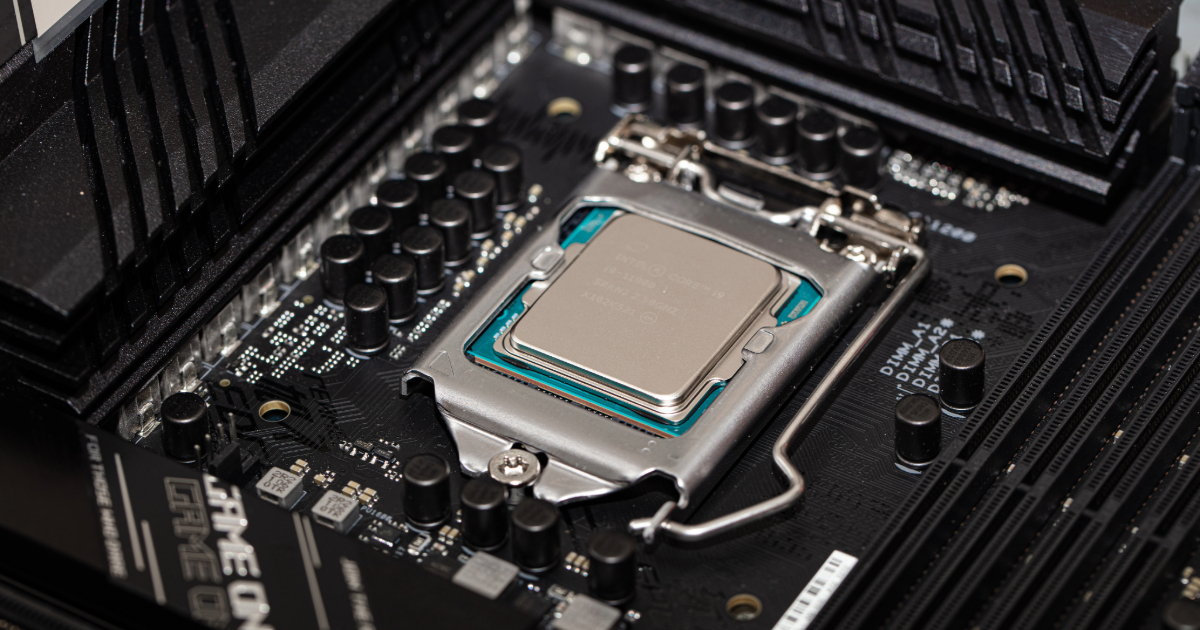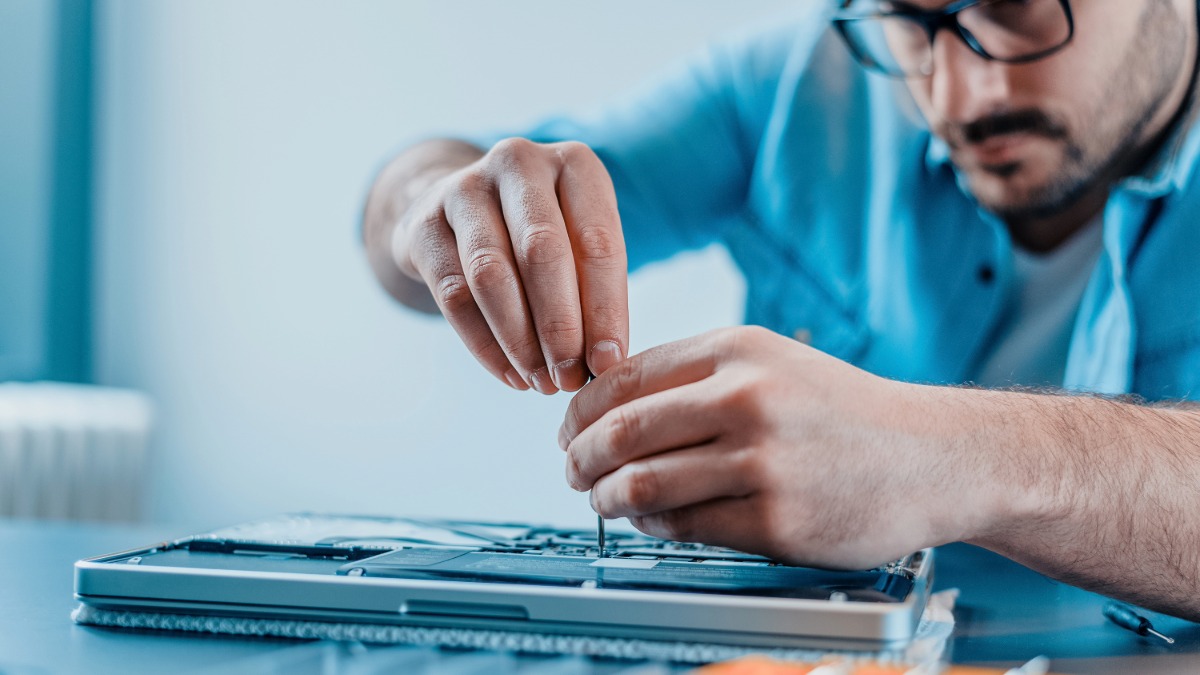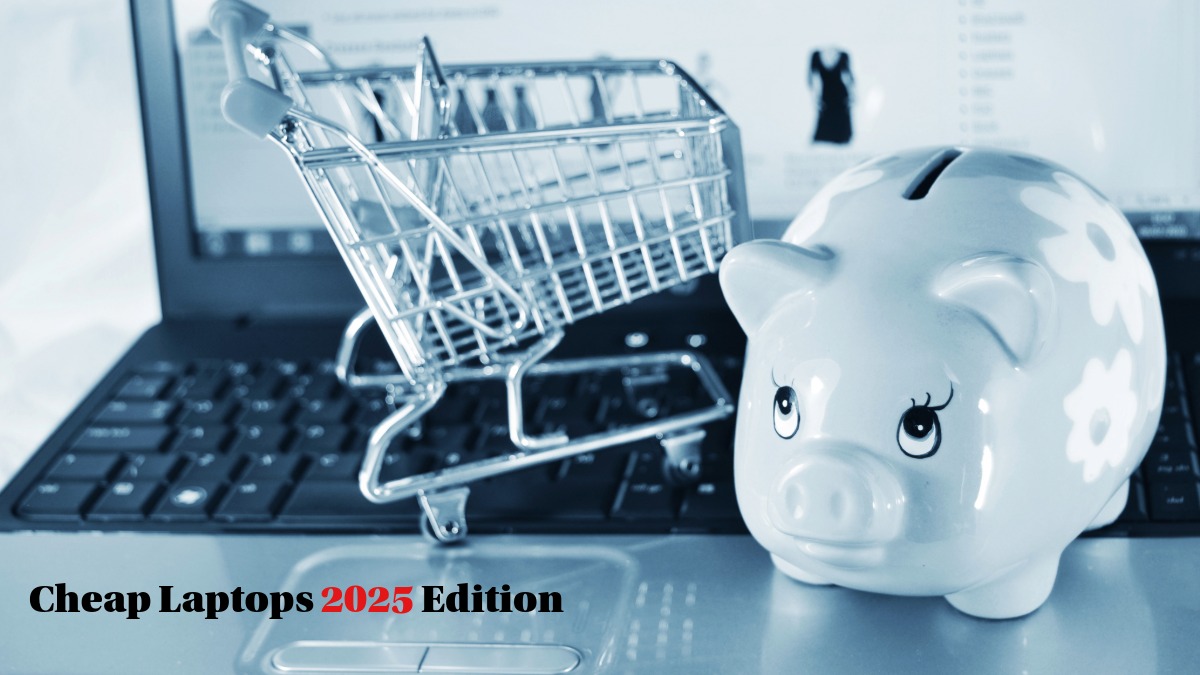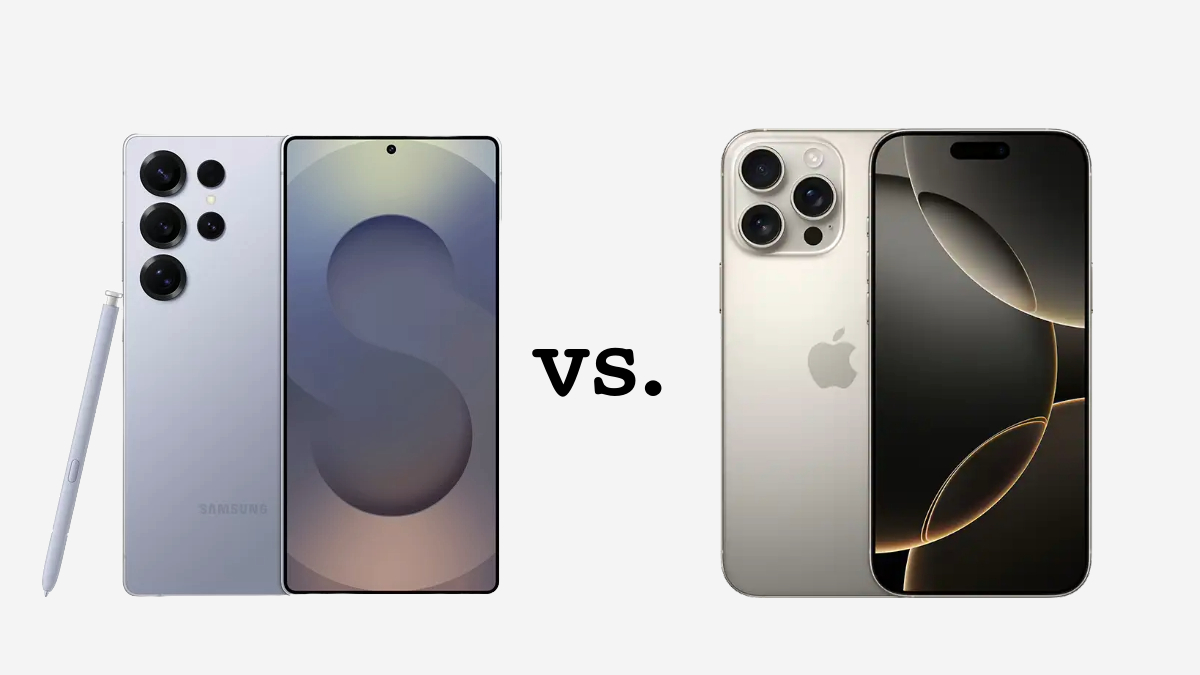Computers are essential tools in our daily lives, whether for work, education, or entertainment. However, like all technology, they lose value over time due to wear and tear, technological advancements, and market trends. This process is known as depreciation. In this blog post, we’ll explore how computers depreciate, factors influencing their depreciation rates, and how specific brands compare.
What Is Depreciation?
Depreciation is the gradual reduction in the value of an asset over its useful life. For computers, this means their resale value decreases as they age, become outdated, or experience physical damage. Depreciation is a key concept for businesses, as it impacts financial reporting and tax calculations.
Factors Influencing Computer Depreciation Rates
Several factors determine how quickly a computer loses value:
- Brand Reputation: Premium brands like Apple often retain value better than others due to their strong market demand and build quality.
- Technological Advancements: Rapid innovation in hardware and software can render older models obsolete, accelerating depreciation.
- Usage and Condition: Heavy usage and poor maintenance can significantly reduce a computer’s lifespan and resale value.
- Initial Cost: High-end computers tend to depreciate slower than budget models because of their superior components and performance.
Depreciation Rates by Brand
Here’s a look at how some popular computer brands typically depreciate:
Apple
Apple computers, such as MacBooks and iMacs, are known for their durability and high resale value. On average, Apple devices depreciate at a rate of 20-25% per year. After three years, they often retain around 40-50% of their original value, making them a popular choice for resale.
Dell
Dell laptops and desktops are reliable and widely used in business settings. Their depreciation rate is approximately 25-30% per year. While Dell devices lose value faster than Apple, their affordability makes them a practical choice for many users.
HP
HP computers are versatile and cater to various price ranges. Their depreciation rate is similar to Dell’s, at around 25-30% per year. High-end HP models, like the Spectre series, tend to retain value better than budget models.
Lenovo
Lenovo devices, especially the ThinkPad series, are favored for their durability and business-friendly features. They depreciate at a rate of 20-30% per year, with premium models holding value better than entry-level ones.
Microsoft
Microsoft Surface devices are sleek and innovative, with depreciation rates of 20-25% per year. Their unique design and functionality help them retain value better than many competitors.
How to Minimize Depreciation
While depreciation is inevitable, there are ways to slow it down:
- Maintain Your Gadget: Regular cleaning, software updates, and careful handling can extend its lifespan.
- Invest in Premium Models: High-end computers often depreciate slower due to better build quality and performance.
- Sell at the Right Time: Reselling your computer within 2-3 years of purchase can maximize its value.
Conclusion
Understanding depreciation rates can help you make informed decisions when buying or selling computers. Premium brands like Apple and Microsoft tend to retain value better, while budget-friendly options like HP and Dell depreciate faster. By maintaining your device and timing your resale, you can minimize losses and get the most out of your investment.
What’s your experience with computer depreciation? Share your thoughts below!






